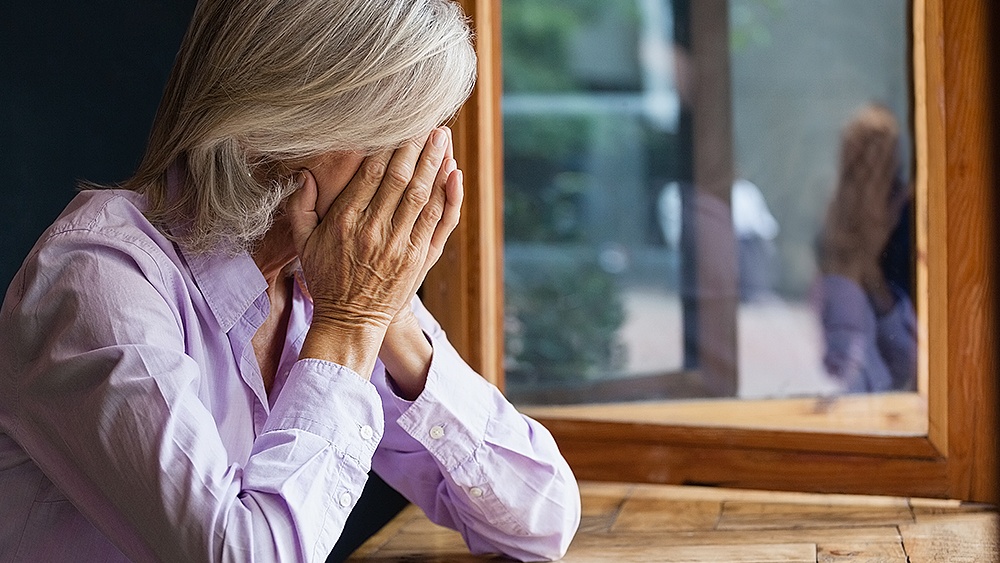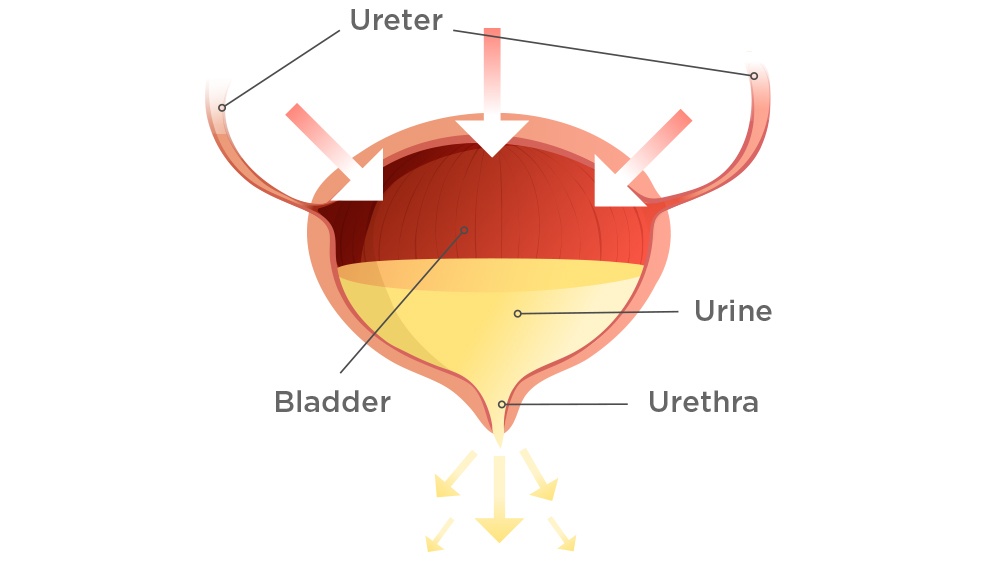An overactive bladder can be both stressful and embarrassing, causing frequent sprints to the bathroom. A correct diagnosis is essential for getting the right help.

Occurring in 25% of women and 15% of men, an overactive bladder creates many problems with the storage of urine and leads to a sudden urge to urinate, which may be difficult to repress and cause leakage.
Many women with an overactive bladder feel embarrassed, isolating themselves, limiting their work and depriving themselves of a social life. The good news is that a brief consultation can determine whether there's a specific cause for the overactive bladder symptoms.
Causes of overactive bladder
There can be many causes of an overactive bladder, and a referral to a specialist is recommended if you are experiencing symptoms – the list below covers the main causes of an overactive bladder:
- Urinary tract infections that can cause symptoms similar to an overactive bladder
- Neurogenic Bladder – due to illness or injury such as Multiple Sclerosis (MS), Spina Bifida or a Spinal Cord Injury
- Incomplete bladder emptying
- Diabetes
- Medication
- Too much caffeine or alcohol

Managing your overactive bladder
Management of overactive bladder often begins with behavioral strategies, such as
- Fluid schedules
- Voiding routines
- Bladder-holding techniques using your pelvic floor
If these initial efforts don't help enough with your overactive bladder symptoms, second line and third line treatments are available.
Overactive Bladder belongs to a range of conditions and symptoms more commonly referred to as LUTS – Lower Urinary Tract Symptoms. Incontinence can have many causes – learn more about LUTS in our free eBook: "Women and LUTS"
Ann Gormley et al. "Diagnosis and Treatment of Overactive Bladder (Non-Neurogenic) in Adults: AUA/SUFU Guideline" American Urological Association (2014)
Irwin et al., BJU International,2009
Dielubanza, EJ & Schaeffer,The Medical clinics of North America,2011.
Foxman et al., The American journal of medicine, 2002
Drake et al. Neurourology and urodynamics, 2016
Center for Urogynecology and Pelvic Floor Disorders, Obstetrics, Gynecology and Women’s Health Institute, Cleveland Clinic, USA




